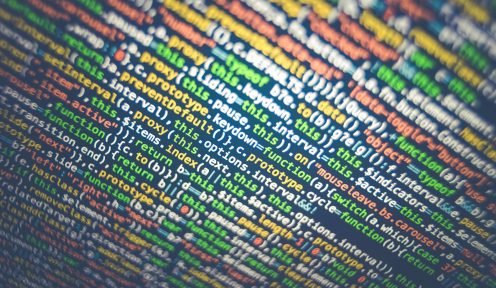
20.01.2021
What is Concealment?
 Por
Osa Otero, Sandra
Por
Osa Otero, Sandra “I have not done so, Your Honor. I am innocent”.After this statement: To commit a tax offense, do you have to materialize it or is it sufficientto have the intention to commit it? It seems that both answers are correct.
Spanish law intends to regulate this in article 42.2.a) LGT. Stating that those who are responsible for or collaborate with the concealment or transfer of goods or rights of the person obliged to pay the debt in order to prevent the actions of the Tax Administration will be jointly and severally liable for the payment of the debt.
The scope of this rule has been defined by the Supreme Court in Ruling 3935/2009 of 11 April. The purpose is to guarantee the collection of the debt. The aim is to prevent fraudulent manoeuvres of distraction or concealment that prevent or hinder its realization.
Contacto No te quedes con la duda, contacta con nosotros. Estaremos encantados de atenderte y ofrecerte soluciones.What is concealment?
It has been defined by the Central Economic Administrative Court as ‘that activity which distracts goods or rights either by material or juridical detachment’. And this must be done in order to avoid being held responsible for them.
It is clear, then, that it is not necessary that there be a material result of the concealment, but it is essential that the purpose be sought. That is to say, it is not necessary to obtain any benefit, but rather that a collaboration has prevented the Administration from collecting a debt.

Si te ha interesado este artículo no dudes en leer:
What is fraud? Difference from gross negligence
What are the requirements for concealment?
It is the Supreme Court itself that has developed this article, through several rulings, the most recent being 1987/2017, December 14. He thus outlined the following factual requirements and qualified the need for:
- Proving the existence of a tax debt of the principal, in a state of liquidity.
- Being the cause or collaborate in the concealment of goods and rights with the purpose of preventing the obstacle by the Administration. It is required that the responsible party has an ‘animus noscendi’ or ‘sciencia frauds’. That is, an awareness or knowledge that a damage may occur.
- It is not necessary to achieve a result, being sufficient that the acts is heading to conceal or transmit, without the need for consummation.
When does the payment obligation arise?
Firstly, we would like to emphasize that no prior administrative collection action is required. On the contrary, it is essential to prove the existence of full knowledge of the debt on the part of the joint debtor. Furthermore, this must be accredited with unquestionable evidence. It is very indicative what the Ruling of the High Court of Valencia No. 922/2009 provides in this regard. There must be ‘ Rationally indicative objective elements that the application of taxes will lead to the seizure of property’.
In answering the question, it is understood that, for the debtor, it arises with the realization of the taxable event. Therefore, it will be from this moment on that his assets are linked to the tax debt. It will be from this moment that any depatrimonialization operation carried out by the debtor may constitute an unlawful act. Therefore, his collaborator may fall in the case of concealment, provided that he is aware of his illegitimate end.
The TEAC specifies, in its resolution No. 442/2016 that ‘a tax debt requires a fee or amount to be paid’.
Therefore, the regulation is sharpened even more and the jurisprudence more than a target, it is again a dart.
If this article has been of interest, we also suggest you to read the following article published on our website: Tax Prescription.












